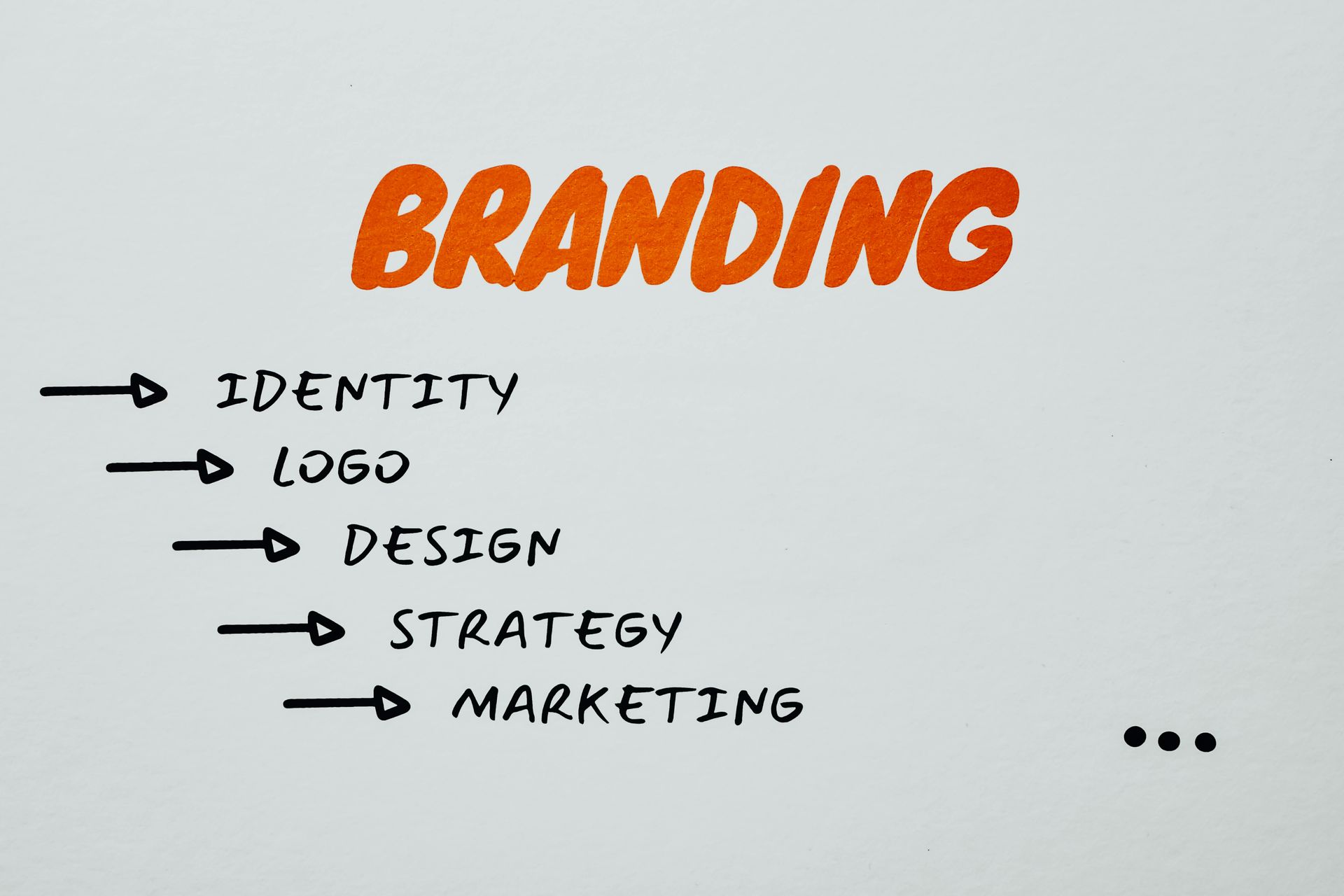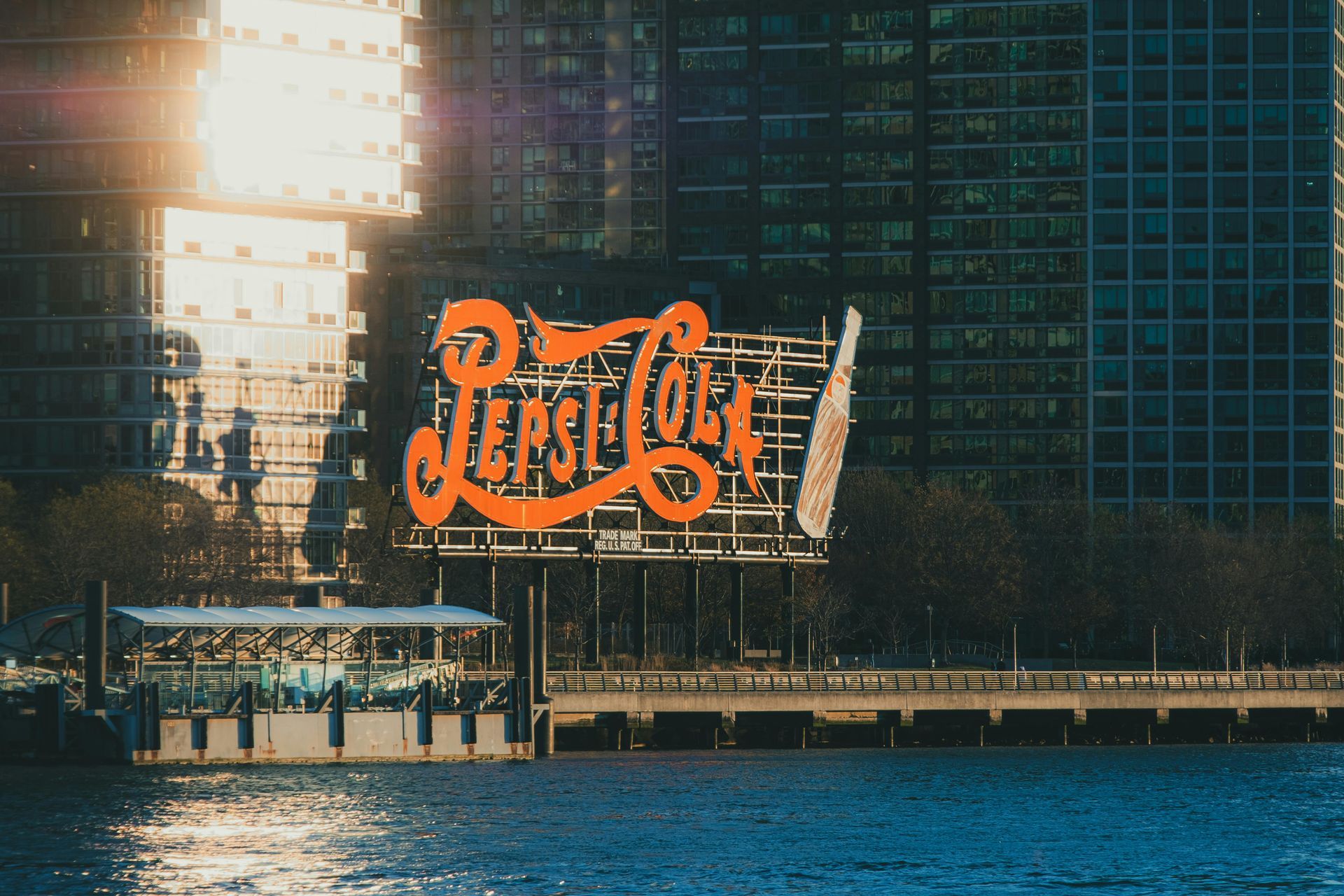The Importance of Local SEO for Businesses

Investing in local SEO is an important part of growing your physical store, especially if your operating hours have been cut or restricted due to local lockdown orders. Customers who make in-person purchases can’t or don’t want to travel far to get what they need, which means your business needs to be visible in search results when they’re looking for local options.
Now more than ever, your local brick & mortar business needs exposure to the customers right in your backyard. Despite the rise of eCommerce, a vast majority of purchases still happen in physical stores, and a good number of those purchases are made by shoppers that live within 20 miles of the business they’re supporting.
What is Local SEO?
Moz offers this broad view of local SEO :
“Local SEO is all about increasing search visibility for businesses that serve their communities face-to-face. These can be brick-and-mortar businesses with physical locations, like a grocery store or dentist’s office, or service-area businesses that operate throughout a certain geographic area, like an electrician or house cleaning company.”
Essentially, local SEO experts leverage several digital marketing strategies to help your business stay top-of-mind and top of the search ranking results. Think about the number of times you’ve looked for businesses or services and added the phrase “near me” during your internet searches. Potential customers are doing the same thing, and local SEO efforts help your physical business show up in those search results.

What Does Local SEO Look Like?
Think of your local business and its online presence as the destination, and local SEO as the building of roads and pathways for customers to travel to that destination. It’s not magic and many local SEO strategies aren’t overly technical, but it does require specialized marketing skills and tools, along with time and commitment — all of which business owners don’t often have a lot of.
This is by no means a comprehensive list of what businesses can do to improve their local SEO efforts, but these tasks can be easily completed by business owners who want to be hands-on with the process:
Optimize Google My Business (GMB) pages: There’s a reason that many people use “Google” and “search the internet” on an interchangeable basis. The search engine giant has become the top choice for local searches, and if your GMB page is claimed and updated frequently with accurate information, the reward will be your business info showing up in the prime real estate of search result sidebars.
Watch your NAP: No, this doesn’t mean to cut back on dozing off. NAP stands for name-address-phone number, and it needs to be correct on all of your digital assets (like your website, social media accounts, and GMB page.) Adding this location-specific information not only makes it easier for search engines to find your business, but it also makes it easier for customers to find you, too.
Get social — and do it frequently: Posting relevant, engaging content on social media keeps customers informed and helps to build a community. It also gives your business more content to display in search results, and many customers even start their business search on social media sites first before heading to Google.
These are universally effective when used as a part of a more customized plan of action laid out by marketing professionals, who will tackle the more complex and technical tasks. Content optimization, site layout changes, mobile optimization, directory listing submissions, and link building are all local SEO strategies that should be performed by marketing experts with the specialized tools and knowledge (and time!) to get it right.

What are the Benefits of Local SEO?
Along with visibility in search results, local SEO helps boost foot traffic, improves content relevance, increases the chances of your business showing up on Google Maps, and builds trust with customers that help your reputation management. Again, think of your business as the destination and local SEO as the network of roads customers travel to get there.
Make that journey as easy and as short as possible — your local business needs more help than ever to stay visible and relevant. Regardless of the size of your business, the services you offer, or the industry you’re in, local SEO cannot be ignored if you want to grow and thrive. Working with Cole Dalton marketing consultants can help develop and implement a plan of action so you can edge out the competition and dominate the local market. Let’s talk more about how we can help!
The post The Importance of Local SEO for Businesses appeared first on Cole Dalton.









